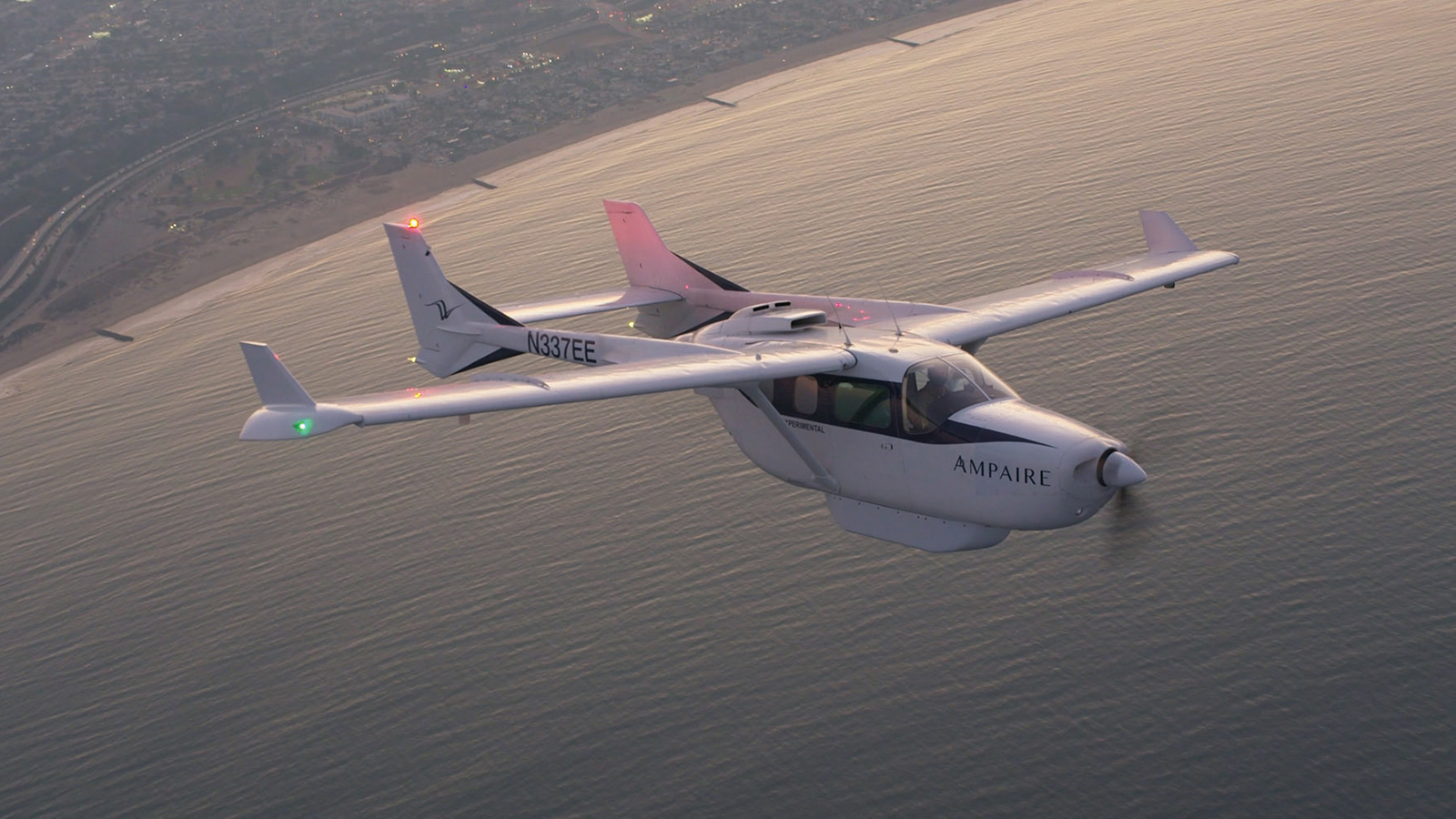Stay Up to Date
Submit your email address to receive the latest industry and Aerospace America news.
The Electrified Aircraft Technical Committee supports the integration of electrified aircraft systems through the design, evaluation and application of key technologies, including components for propulsion, actuation, safety, airworthiness and thermal management.
The year saw several exciting developments and flights of electrified aircraft systems. In May, the first test flight of a fully electric Cessna 208B Grand Caravan, which the company said is the world’s largest all-electric aircraft, took place at the AeroTEC Moses Lake Flight Test Center in Washington. The aircraft was powered by magniX’s 560-kilowatt propulsion system. MagniX, an electric motor manufacturer based in Washington state, powered the world’s first fully electric commercial aircraft operated by Canada-based Harbour Air Seaplanes last December.
In June, Slovenian company Pipistrel’s Velis Electro became the first European Union Aviation Safety Agency type-certified electric aircraft for day visual flight rules operations. The two-seat trainer has an endurance of up to 50 minutes (plus visual flight rules reserve) and is powered by DO-311A-compliant lithium propulsion batteries.
In September, California-based Ampaire flew its latest prototype, Electric EEL, a hybrid-electric modification of a six-seat Cessna 337. In October, the EEL flew 549 kilometers across California, the longest flight for an electrified aircraft, according to the company. The hybrid electric aircraft has a tractor propeller driven by a nose-mounted electric motor in addition to a pusher propeller powered by a conventional combustion engine in the rear.
Also in September, California-based ZeroAvia flew the first hydrogen fuel-cell-powered commercial-grade aircraft. The company conducted a series of test flights using a modified Piper M six-seater aircraft outfitted with a fully electric battery and fuel-cell power system and a motor-driven propeller system.
The French startup company VoltAero’s Cassio 1 demonstrator, equipped with the company’s patented series/parallel hybrid-electric power module, made its first flight in October. The power module installed in the aft fuselage-mounted pusher position combines three 60-kilowatt electric motors with a conventional internal combustion engine.
Throughout the year, Airbus performed flight testing of its full-scale electric vertical takeoff and landing demonstrator, CityAirbus. The four-seat multicopter is remotely piloted for autonomous flight. It employs four coaxial ducted propeller units and eight 100-kilowatt electric motors powered by 110-kW-hour batteries.
The NASA-funded University Leadership Initiative Electric Propulsion — Challenges and Opportunities project being carried out by Ohio State University, Georgia Tech, University of Wisconsin-Madison, University of Maryland and North Carolina Agricultural and Technical State University completed its third year of research and hardware development. This year, the team started tests on the 200 kW electric machine in preparation for the testing of the 1-megawatt power electronics, motor and electric drive at NASA’s Electric Aircraft Testbed facility in Ohio.
Another NASA ULI program completed its first year of research through the Center for High-Efficiency Electrical Technologies for Aircraft, a team comprised of members from 10 institutions across academia, industry and government. The group’s research focuses largely on developing power, propulsion and aircraft systems technologies for fully electric commercial transport-class aircraft using hydrogen fuel-cell power and battery energy storage systems. The team reached several milestones this year, including the initial design of a 2.5 MW fully superconducting electric machine and power system, lightweight liquid hydrogen storage tank designs, a hydrogen aircraft configuration with distributed electric propulsion system, and accompanying modeling and optimization tools.
Stay Up to Date
Submit your email address to receive the latest industry and Aerospace America news.




